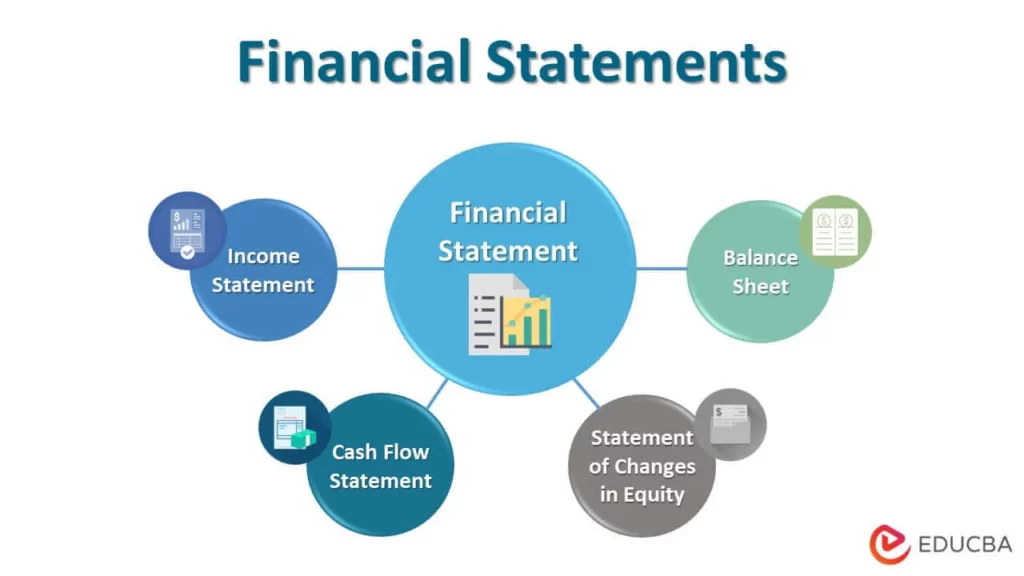
For Entrepreneurs, Business Owners, Business Leaders and those inspiring to be senior Managers understanding financial statements is of critical importance.
So, what financial statements do you need to understand and why?
1) Profit & Loss Statement (P&L)
2) Balance Sheet
3) Cash Flow Statement
4) Statement of Changes in Equity
5) Notes to the Financial Statements
Today I will talk about the Profit & Loss Statement (P&L)
What is a P&L Statement?
A Profit and Loss (P&L) statement, also known as an income statement, is a financial report that summarizes a company’s revenues, costs, and expenses over a specific period, typically a year. Here’s a simple breakdown:
- Revenue: This is the total income generated from sales of goods or services.
- Cost of Goods Sold (COGS): These are the direct costs associated with producing the goods or services sold by the company. Here are some common examples:
For Manufacturing Businesses
- Raw Materials: The cost of materials used to make the product e.g. fabric for shirt manufacturing.
- Direct Labor: Salaries paid to workers directly involved in making the product.
- Manufacturing Supplies: Costs of supplies used in the process of making the product e.g. buttons, threads.
- Factory Overhead: Costs related to running the factory, such as electricity, rent, and equipment maintenance such as lubricants, bolts, bearings.
For Retail Business
- Purchase Cost of Inventory: The cost of buying products from suppliers to sell to customers.
- Freight-In: Shipping costs to bring inventory to the store or warehouse.
- Packaging Costs: Costs of packaging materials for products sold e.g. boxes, bags.

Service Business
- Direct Labor: Wages paid to employees providing the service.
- Materials and Supplies: Costs of materials used in providing the service e.g. detergents used for a car wash business.
Understanding COGS is essential for calculating gross profit and managing profitability.
- Gross Profit: This is calculated by subtracting COGS from Revenue.
- Operating Expenses: These include costs such as administrative salaries and other expenses required to run the business.
- Operating Profit: This is obtained by subtracting Operating Expenses from Gross Profit.
- Net Profit: Finally, after accounting for taxes and other non-operating expenses, the Net Profit (or Net Loss) is determined. This figure shows the company’s overall profitability.
Non-operating expenses are costs that are not related to the core operations of a business. Here are some common examples:
Interest Expenses
- Interest on Loans: Payments made on borrowed funds.
Losses
- Loss on Sale of Assets: Losses incurred from selling assets below their book value.
- Impairment Losses: Write-downs of asset values due to changes in market conditions, changes in regulation etc.
Other Expenses
- Legal Settlements: Costs associated with legal disputes and settlements.
- Restructuring Costs: Expenses related to reorganizing the company, such as severance pay and relocation costs.
- Foreign Exchange Losses: Losses from currency exchange rate fluctuations. E.g. you confirmed an order for an office printer (which the supplier must specially import for you) at $200 this is when the KES/$ exchange rate was 130, meaning KES 26,000 at the time of paying the supplier the exchange rate is 150, you then have to pay KES 30,000. You made a loss of KES 4,000 that you were not expecting to make.
Miscellaneous
- Charitable Donations: Contributions made to charitable organizations.
- Investment Losses: Losses from investments that are not part of the company’s core operations for e.g. investing in property, shares etc.
Also Read: Top 5 Essential Steps Before Securing a Business Loan
Why is the P&L Important?
- Performance Evaluation: It shows the company’s revenues, costs, and expenses over a specific period, helping you assess how much gain a business makes year on year.
- Decision Making: By understanding where the money is coming from and where it’s going, businesses can make informed decisions about budgeting, investments, and cost management.
- Trend Analysis: Comparing P&L statements over different periods helps identify whether a business is growing its gains, trends and measure performance year on year.
- Bank Confidence: A well-maintained P&L statement allows a bank to assess the business more easily and gives them confidence on your financial management.
- Investor Confidence: A well-maintained P&L statement builds investor confidence by showcasing the company’s profitability and financial stability.
- Strategic Planning: It aids in strategic planning by providing insights into which products or services are most profitable and where to cut costs.
- Compliance: Ensures compliance with financial regulations and standards, which is essential for audits, tax payments and legal purposes.
Written by: Darshan Chandaria





